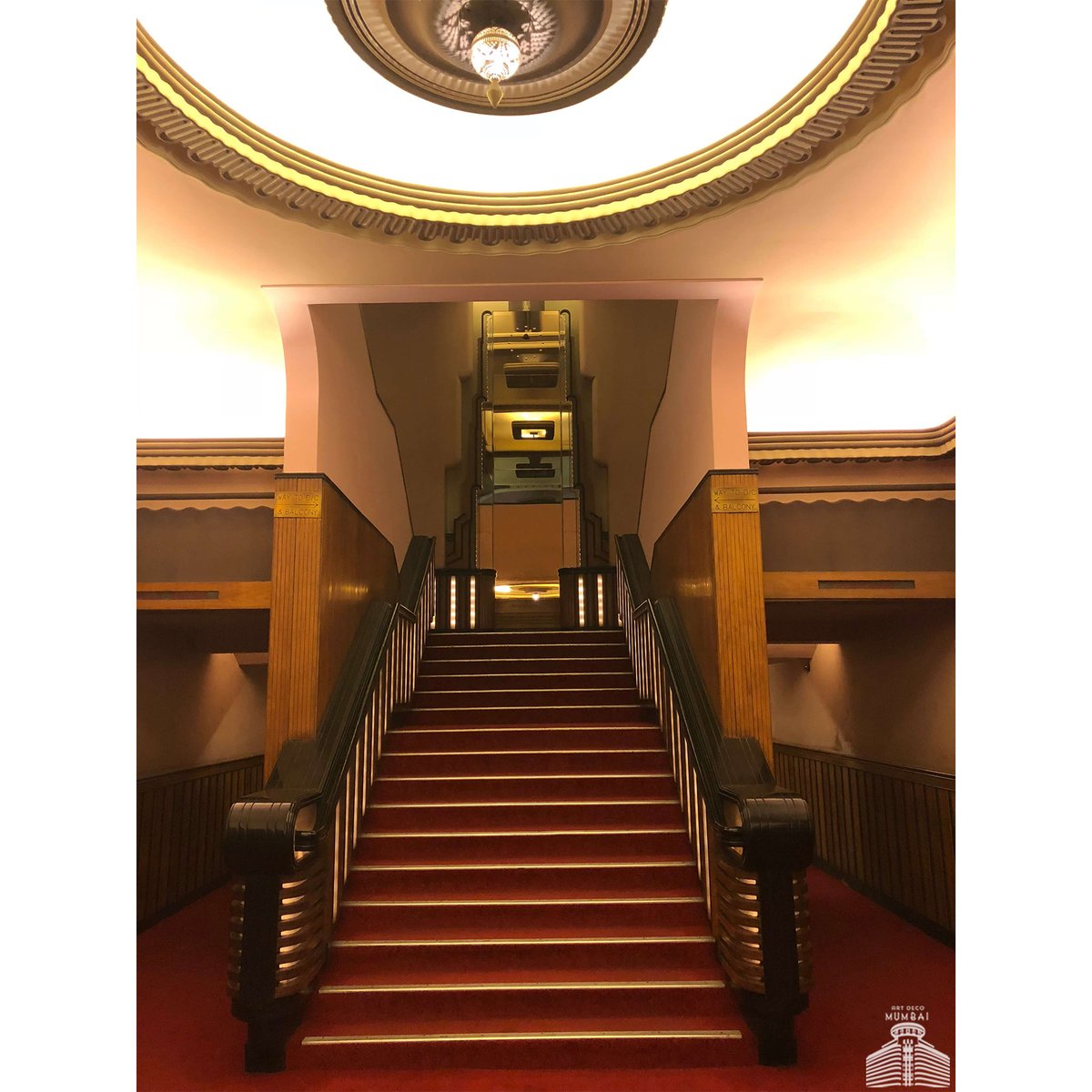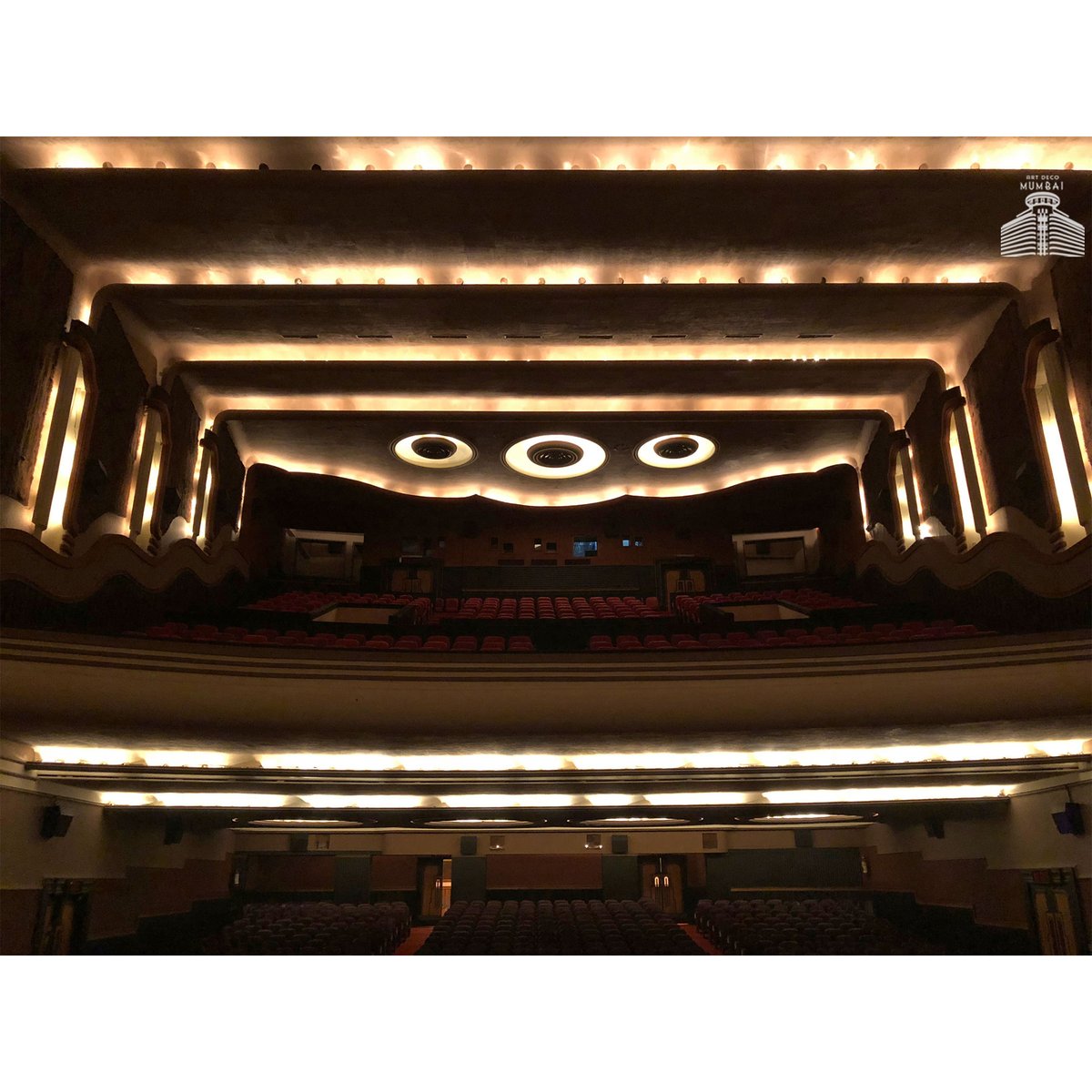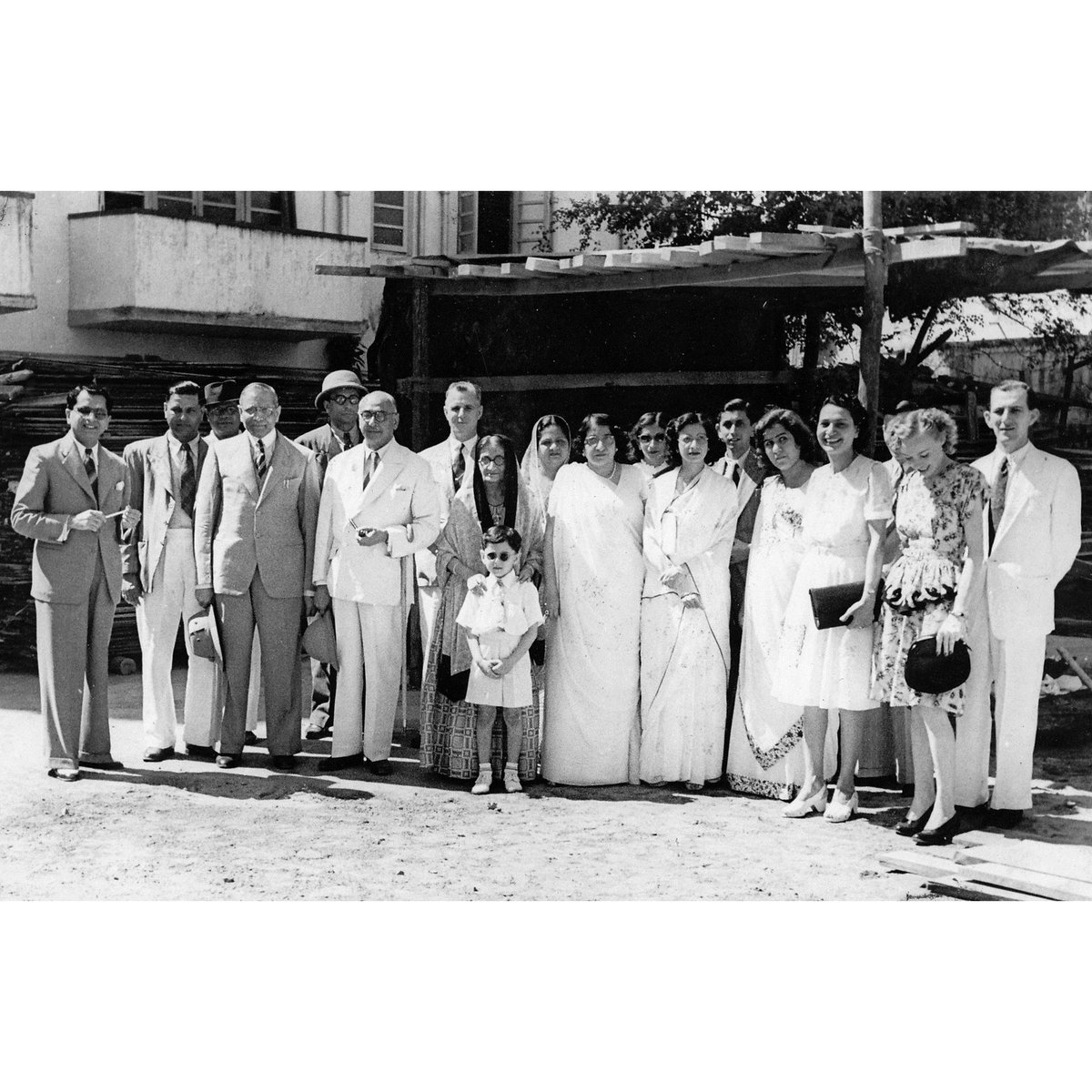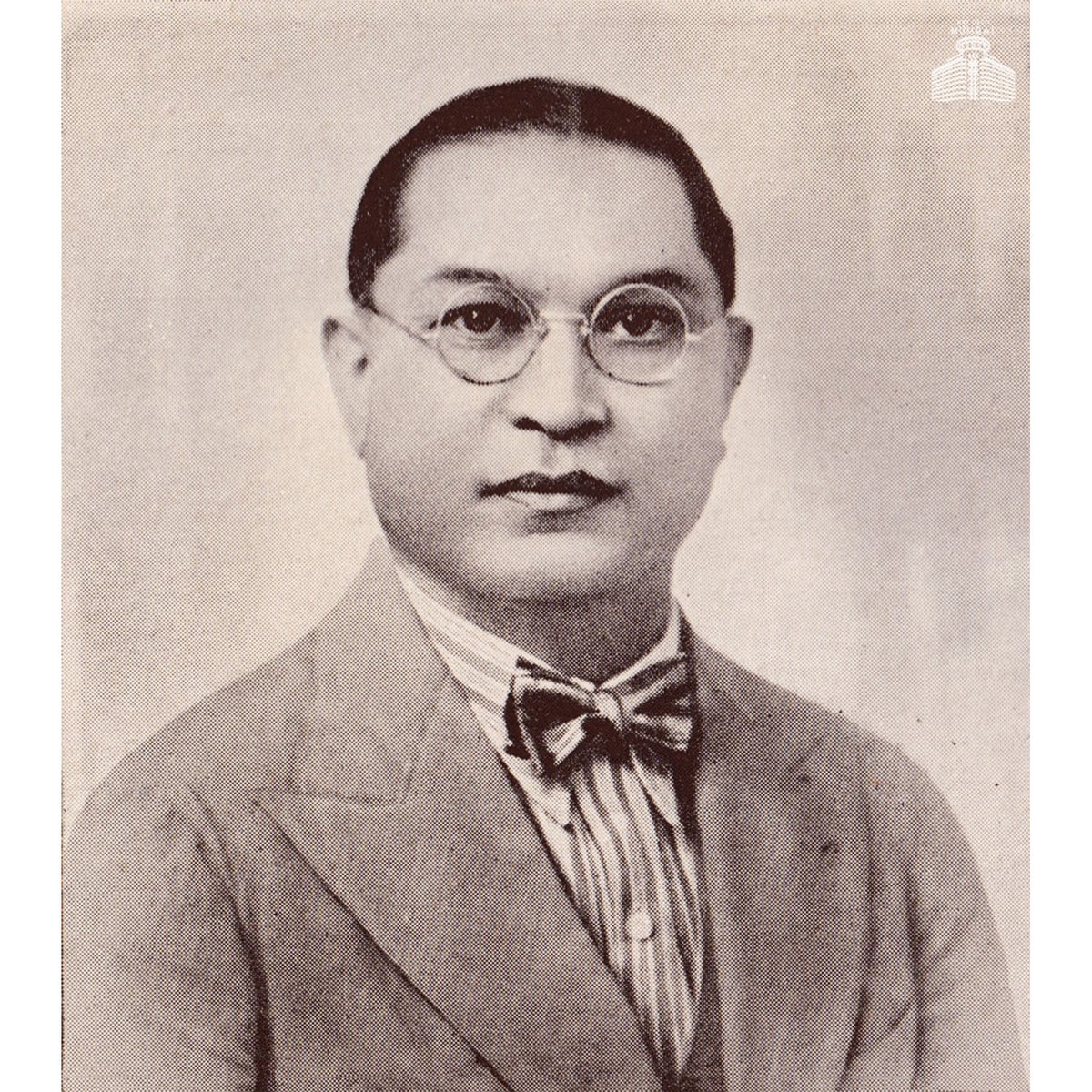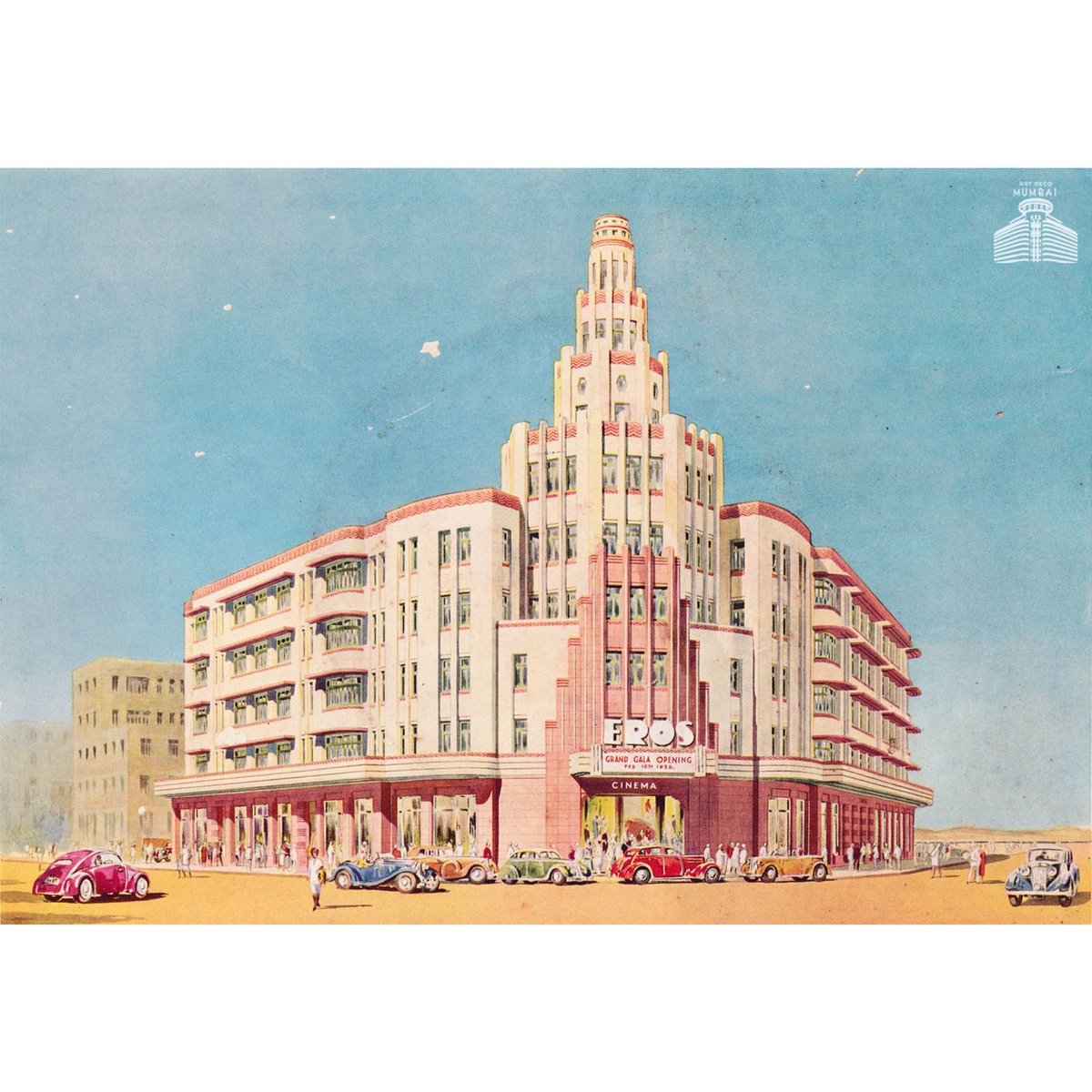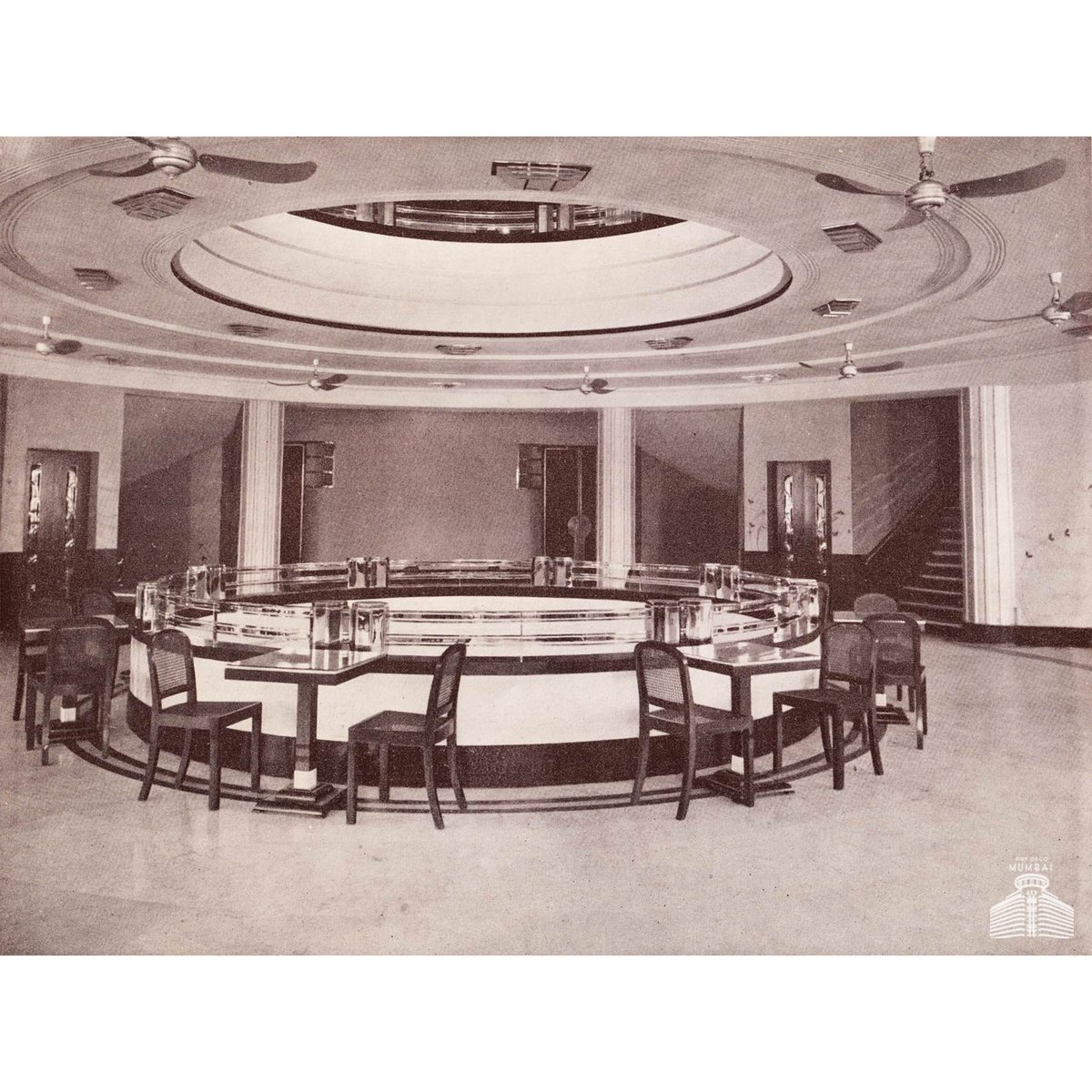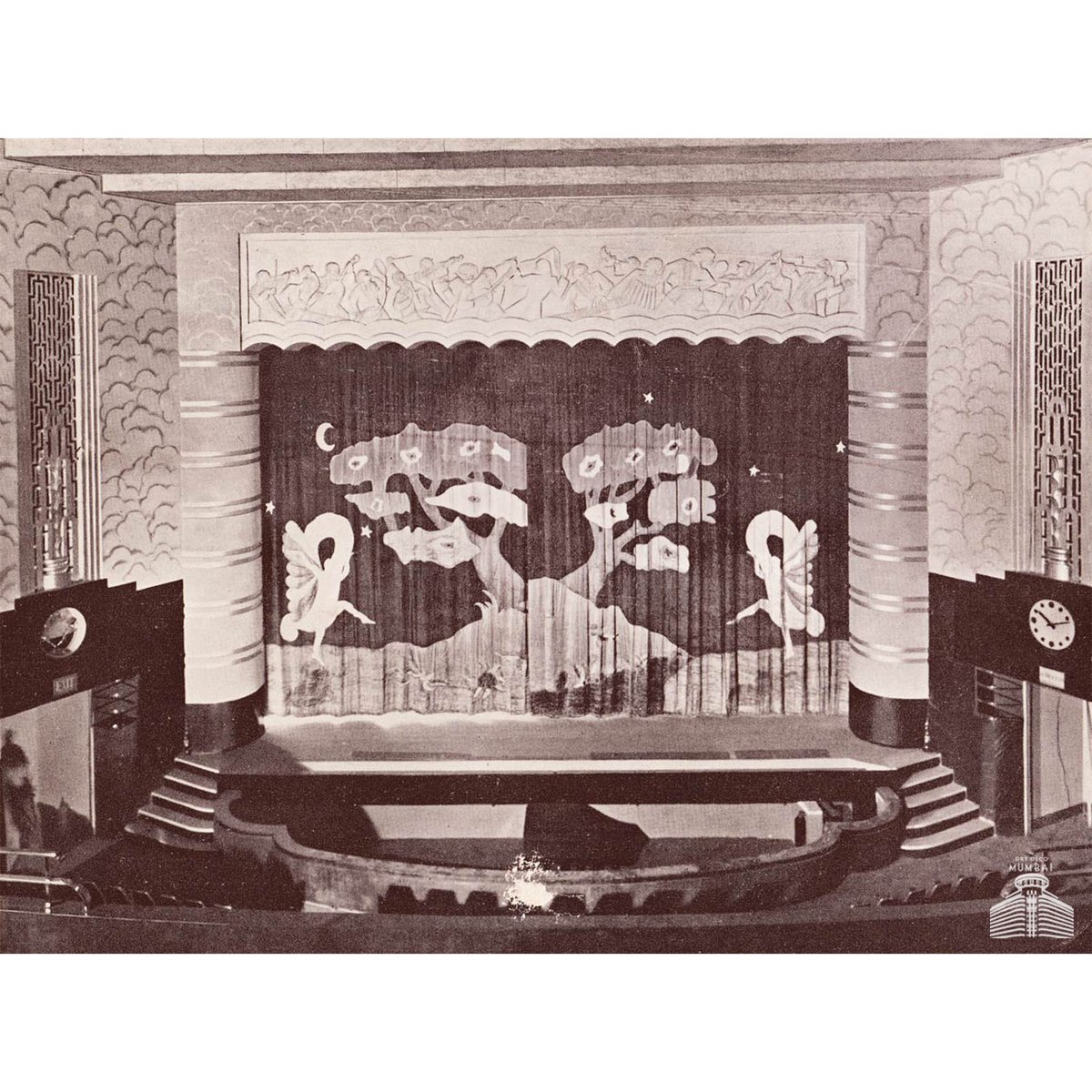Mohini Mansion, Colaba.
In what's predominantly a box-like structure the stunning curves upfront seem to be the highlight the architect wanted to showcase. Legendary filmmaker G.P. Sippy (#Sholay, #Andaz, Seeta aur Geeta) financed his film #Sazaa


In what's predominantly a box-like structure the stunning curves upfront seem to be the highlight the architect wanted to showcase. Legendary filmmaker G.P. Sippy (#Sholay, #Andaz, Seeta aur Geeta) financed his film #Sazaa


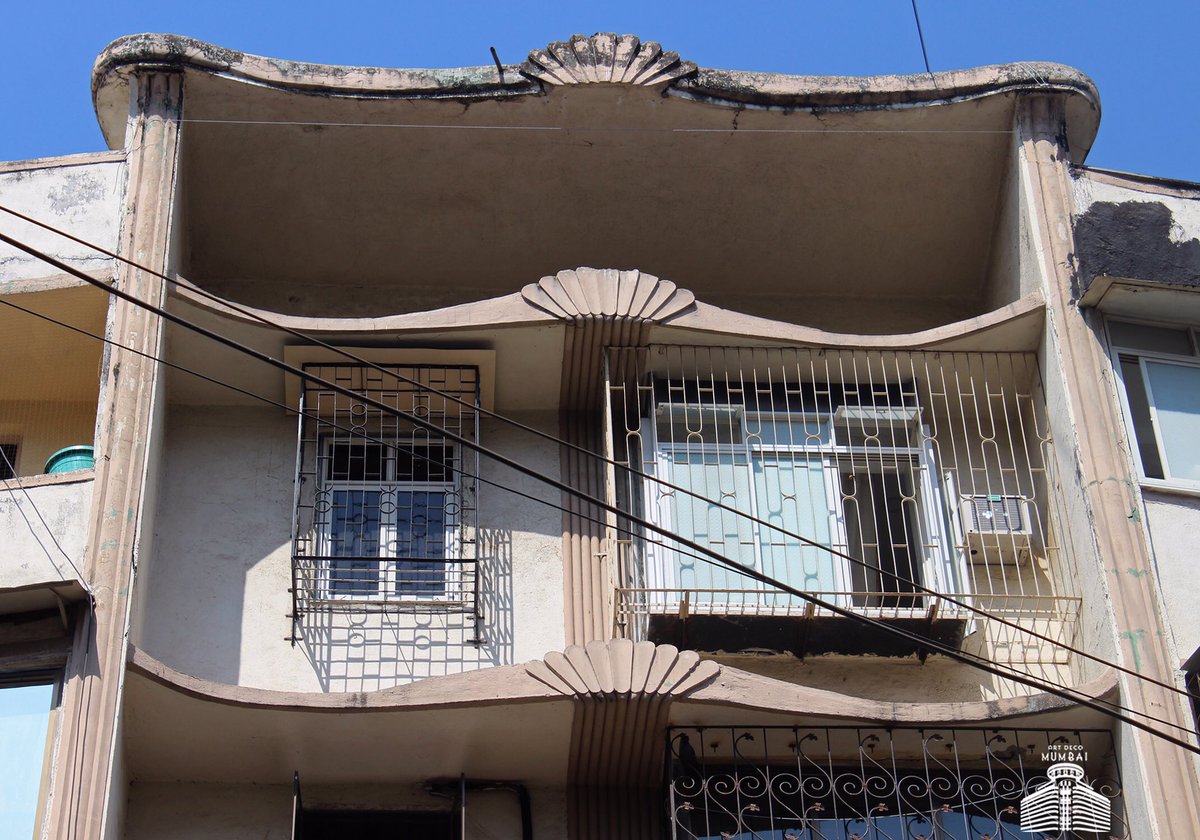
after selling the construction rights of another Art Deco building - Gobind Mahal, on Marine Drive; and went on to make a film called ‘Marine Drive’ (1955)! In ‘Sholay, the making of a classic’ @anupama.chopra narrates that he had property interests, especially in Colaba
and Churchgate. He reportedly originated the idea of building a co-operative society where flats could be sold directly (as they were rented before); and mentions Mohini Mansion along with Churchgate Mansion, Anand Niwas and Gopal Mansion as some of the buildings he dealt with.
• • •
Missing some Tweet in this thread? You can try to
force a refresh



